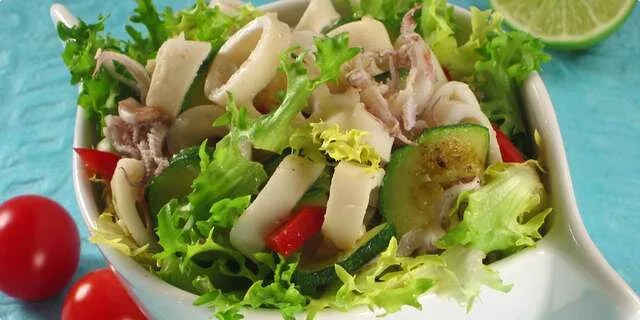Pindjur
Pindjur is a spread similar to ajvar, according to the taste and method of preparation. The following recipe does not contain eggplant, although it is mentioned in the culinary literature as one of the ingredients. There is no eggplant in the recipe from my notebook, as well as in some other recipes for pindjur.
Preparation steps
- Preheat the oven to 200 ° C. Wash the tomatoes and arrange them on a baking tray lined with baking paper or aluminum foil. Bake for 20 minutes or until the skin is crumpled. Allow it to cool well. Roast the peppers, cover and allow to evaporate and cool. Peel a squash, grate it and grind it on a meat grinder. I don't know what it would be like if we ground them in a blender - probably the already soft vegetables would turn into porridge, so that wouldn't be in accordance with the recipe. Heat the oil in a wider pan over a higher heat, then reduce the temperature. Pour in the minced vegetables and stir. Let simmer over medium heat. If you use a Teflon pan, you will mix less. The mesh lid is a great choice, because it will leak steam and prevent splashing on the stove. Add salt, sugar and vinegar. Someone puts hot peppers and garlic in the pindjur, I don't. If necessary, I will add them when I open the jar and serve the snack. Simmer the pindjur over a low heat for about 2 hours, or until it is fried. Stir occasionally, and very often before the end of cooking. When we pull the bottom of the sherpa with a welder, if the mass is thick enough, a visible trace or "path" will remain. Select and wash undamaged, smaller jars, then leave to drain. Twenty minutes before the end of cooking the pindjura, place them on the rack in the oven and turn them upside down to heat to 100 ° C and dry well. Turn off both the hob and the oven. Remove the jar one by one with a dry cloth and always close the oven door so that the jars do not cool down. Fill them with a ladle with the utmost care in terms of spilling, or get a funnel for pouring into jars. Use a spoon handle to "prick" the pindjur in the jar in order to squeeze the bubbles out of the air. If we have original lids for the jars, we will put them on. Place a sheet of cellophane under the lid. In case we do not have lids, put 2 sheets of cellophane with two rubber bands. Wipe the jars if they are stained. Set up a "warm nest" in which the jars will cool for the next two days. It should be a place where no one will move them, tucked in, they used to be duvets, and today Dormeo blankets and pillows. When the jars are cooled, store them in a dark and cool place, for example, in a closet in the basement, on the terrace and the like. Jars do not tumble. If there are mice in the basement, be sure to put metal lids. Store the open jar in the refrigerator.
- ...
- ...
- ...



